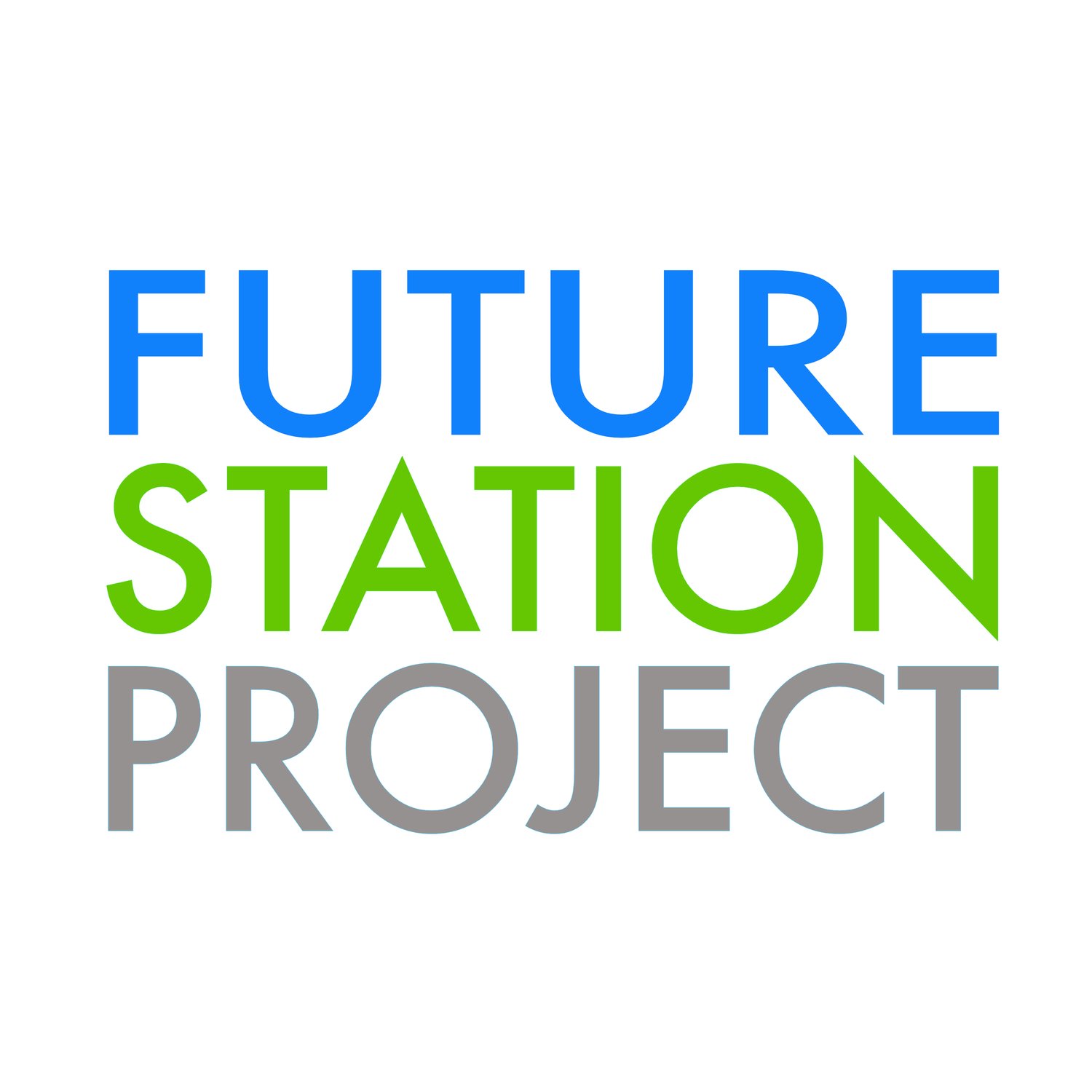EV Transition
There are a number of forces shaping this transition to EVs. Local, state and federal governments have passed legislation to push this change. After years of very slow progress, investors and auto makers are moving more quickly to make these changes happen. The variety of vehicles from cars and trucks to buses and construction vehicles with different needs makes this more complex.
Recently the federal government has passed legislation with incentives that is expected to speed up the transition. New York State has a goal of reaching 850,000 zero-emission vehicles by 2025, and for all new passenger vehicles to be zero emission by 2035. The state of California has passed similar legislation that will require that all new cars sold in the state by 2035 be zero emissions. The rule also sets targets requiring that 35 percent of new passenger cars sold by 2026 produce zero emissions. Then that requirement jumps to 68 percent by 2030.
There are aspects of this transition that are much more fundamental than changing from one type of fuel to another. Charging locations are inherently more flexible than gas stations. We have the possibility to charge our EV at home, at work, in a space in a retail store parking lot or even on the street. Today we can use electronic navigation to find a charging station, and we are less dependent on seeing locations for refueling on prominent street corners.
While we want to encourage the transition to EVs because of the many environmental benefits they provide, we have to recognize that buying an electric vehicle will continue to be out of reach for many people for some time to come. Planning for the future needs to include the mid-transition where the people will need to refuel their cars as the changes accelerate.
As the commercial viability of gas stations declines, we must factor in the needs of lower income neighborhoods as we repurpose these filling stations or risk creating an uneven patchwork of stations for those without electric vehicles. These neighborhoods often suffer from higher levels of air pollution and transportation inequity. It’s a matter of social justice.

